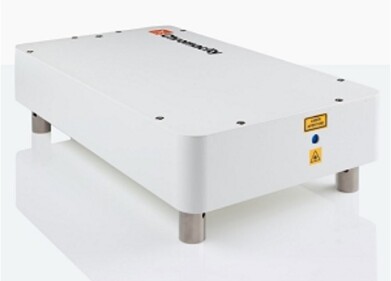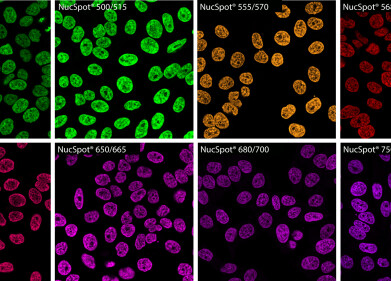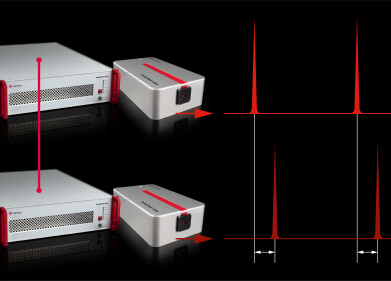Microscopy & Microtechniques
High-Content Screening Automation for Confocal and Widefield Microscopy
Jan 04 2011
Leica Microsystems has extended its automated high-content screening solution to cover applications on widefield fluorescence systems. The Leica HCS A package enables fast and efficient multi-position experiments – from automated image recording routines to complex multi-dimensional high-content screening experiments with simultaneous image export for immediate analysis by external analysis software.
Thanks to the specially developed CAM (Computer Aided Microscopy) interface, the screening experiment can be remote controlled from other software packages. Intelligent algorithms can analyse images on the fly and send the new target coordinates and recording parameters via the CAM interface to the screening system, depending on the result of the analysis. The Leica widefield or confocal system switches immediately from the primary scan to a predefined high-resolution secondary scan. The CAM interface therefore makes the Leica HCS A system a highly efficient and extremely flexible tool for a number of applications including rare event detection.
Based on the LAS AF Matrix M3 software, the Leica HCS A package also offers top-level flexibility for defining screening patterns. It can be used for microtiter plates, chambered coverslips, spotted arrays, tissue micro arrays, petri dishes and lab-on-a-chip applications. The single positions can be combined with different recording parameters. The complete parameter settings can also be transferred by LAN for use by all other HCS A screening systems. The software platform offers a number of modules and functions that greatly enhance the efficiency of the imaging system. The starter packages contain simple processes such as automatic composition of separate images (mosaicing) or multi-well plate screening in 2D or 3D. More sophisticated requirements are served by software-supported autofoci for drift compensation for each individual position, single-object tracking using a motorised stage to follow the sample or automated immersion medium feed for water objectives to take just a few examples.
Digital Edition
Lab Asia 31.6 Dec 2024
December 2024
Chromatography Articles - Sustainable chromatography: Embracing software for greener methods Mass Spectrometry & Spectroscopy Articles - Solving industry challenges for phosphorus containi...
View all digital editions
Events
Jan 22 2025 Tokyo, Japan
Jan 22 2025 Birmingham, UK
Jan 25 2025 San Diego, CA, USA
Jan 27 2025 Dubai, UAE
Jan 29 2025 Tokyo, Japan



















